Sharm el-Sheikh, Egypt — After more than two years of relentless conflict between Israel and Hamas, the focus now turns to peacebuilding, reconstruction, and the thorny task of maintaining a fragile truce. At a high-stakes “Summit for Peace” in Egypt, leaders from around the world are gathering to lend legitimacy to a ceasefire deal, lay the groundwork for Gaza’s recovery, and pressure all parties to commit to lasting stability.
A Moment of Diplomatic Reckoning
The summit, co-chaired by U.S. President Donald Trump and Egypt’s Abdel Fattah el-Sissi, arrives in the wake of dramatic developments: the release of the final Israeli hostages by Hamas and Israel’s approval of a broad ceasefire plan. Although neither the Israeli nor Hamas delegations attended, key regional and international actors — including Turkey, Qatar, Jordan, and EU nations — are present in force.
The agenda is ambitious. Besides affirming the ceasefire, participants aim to:
- Endorse a political roadmap for Gaza’s future
- Mobilize reconstruction funding — projected in the tens of billions
- Arrange for an international peacekeeping/security force
- Reform governance in Gaza, possibly empowering a renewed security apparatus
- Manage the transition from warfare to diplomacy
References to the war, however, remain palpable. The summit mapping takes place against a backdrop of still-smoldering devastation in Gaza, deep distrust between parties, and unanswered questions about disarmament and political control.
Trump Urges Israel: Seize the Opportunity for Peace
During a bold keynote in Jerusalem earlier in the day, President Trump told Israeli lawmakers that Israel had “won all that can be won by force of arms” and should now turn toward peace. He framed the era as one of cooling sirens and quiet skies, calling the moment a “historic dawn” for a transformed Middle East.
In a controversial move, Trump also appealed for a pardon for Prime Minister Benjamin Netanyahu, embroiled in corruption allegations — a bold conflation of regional diplomacy and domestic politics. He insisted that the restoration of peace would require bold decisions and unity.
Critics noted the tension: many in Israel’s political opposition and civil society fear that too swift a political shift could compromise security.
Ceasefire Deals, Prisoner Exchanges, and Fragile Trust
The ceasefire agreement, approved earlier by the Israeli cabinet, includes:
- The release of all remaining Israeli hostages held by Hamas
- The liberation of approximately 2,000 Palestinian detainees held in Israeli jails
- A staged withdrawal of Israeli forces to designated lines
- The reopening of border crossings for humanitarian access
- Monitoring by a multinational force, including U.S. troops
In Gaza, the reception of aid has already begun in areas less affected by active conflict zones. But essential infrastructure — water systems, power, hospitals — remains decimated, meaning relief will be slow, uneven, and heavily dependent on international support.
That said, the ceasefire is still brittle. Skirmishes, gaps in prisoner handoffs, and delays in border operations could all spark renewed confrontation.
Governance and Disarmament: The Hard Questions
Perhaps the most contentious issues lie ahead: who governs Gaza? Who controls security? And what becomes of Hamas’s military wing?
Trump has floated a vision in which an international stabilization force would oversee the transition, train a new Palestinian police force, and buffer Israeli withdrawal. The parameters remain vague, but proponents see it as a stabilizing bridge. Yet many in the region reject replacing local authority with foreign oversight, and any effort to disarm Hamas raises immediate political and security alarms.
Egypt’s President el-Sissi, in a strong statement, rejected earlier proposals to depopulate Gaza. Instead, he represented a vision of stability rooted in regional trust, not forced displacement. His stance signals that peace cannot be based merely on military parameters — it must consider human, social, and political dimensions.
Humanitarian Realities: A Territory in Ruins
On the ground, Gaza is suffering the practical aftermath of war. Thousands of buildings lie in ruins. Hospitals struggle to perform basic care. Power grids are broken. Food, water, medicine, and fuel remain in acute shortage. Tens of thousands of displaced families are returning to cities reduced to rubble.
The humanitarian dimension is no less important than the political one: rebuilding the social contract, restoring trust, and addressing trauma will be central to preventing relapse into conflict.
Risks, Rifts, and the Path Forward
The summit’s success is far from guaranteed. A few critical risk factors:
- Ceasefire Fragility: Even a single misfire, border misstep, or violation could unravel trust.
- Prisoner Exchange Disputes: Disagreements over who gets released when risk stalling the deal.
- Power Vacuum: If security is unmanaged, nonstate actors or militias may reassert control.
- Insufficient Funding: Reconstruction will require billions — shortfalls will fuel resentment.
- Political Backlash: Israeli hardliners, Palestinian factions, or public opinion may reject perceived compromises.
In response, the summit aims to create political levers: binding commitments, oversight mechanisms, and broad multilateral buy-in to press all actors toward accountability.
A Turning Point — Or a Pause?
For Palestinians and Israelis alike, the events of the past days carry deep emotional weight — the release of hostages, the first quiet nights in years, and the possibility of a ceasefire. Leaders now seek to transform that momentum into durable peace.
For now, the summit in Egypt is the pivotal test. Can war-weary nations agree on the structures that will outlast the weapons? Can distrust be replaced with institutions rather than firepower? And can aid, accountability, and governance become the anchors of peace?
If this moment falters, the frustrations of war may reemerge in even fiercer forms. But if it holds, this could truly be a turning point — one where silence replaces sirens, diplomacy replaces destruction, and the long-sought peace in Gaza becomes more than a fragile truce.

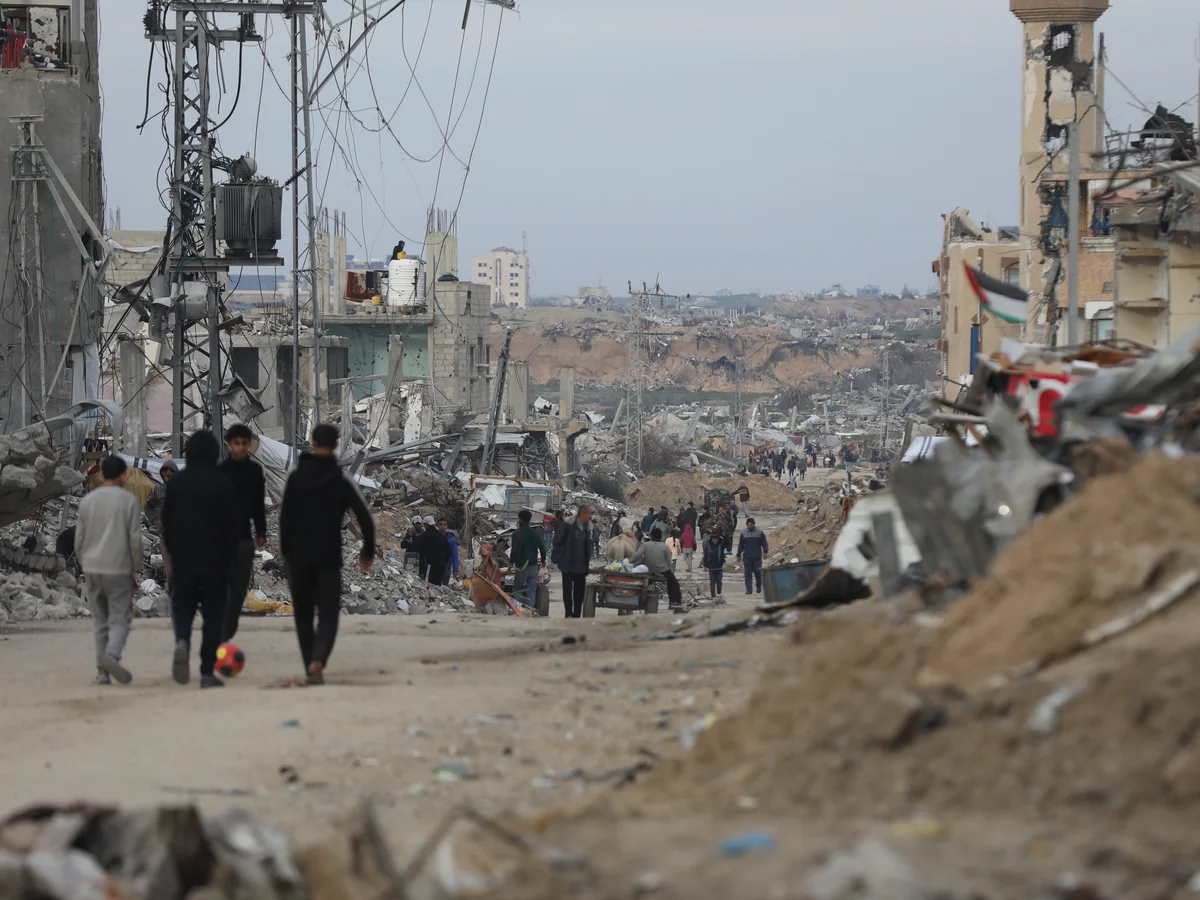
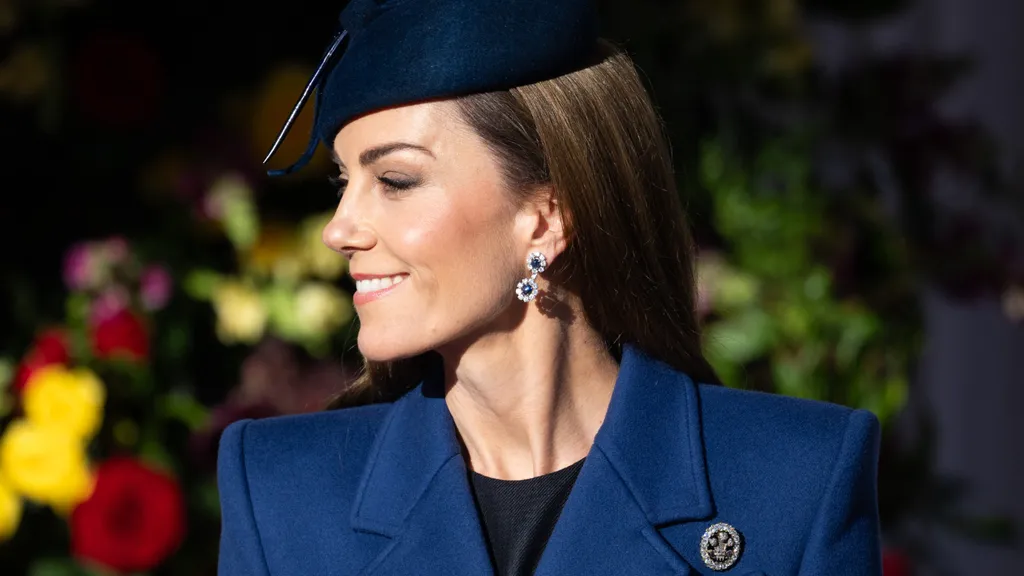
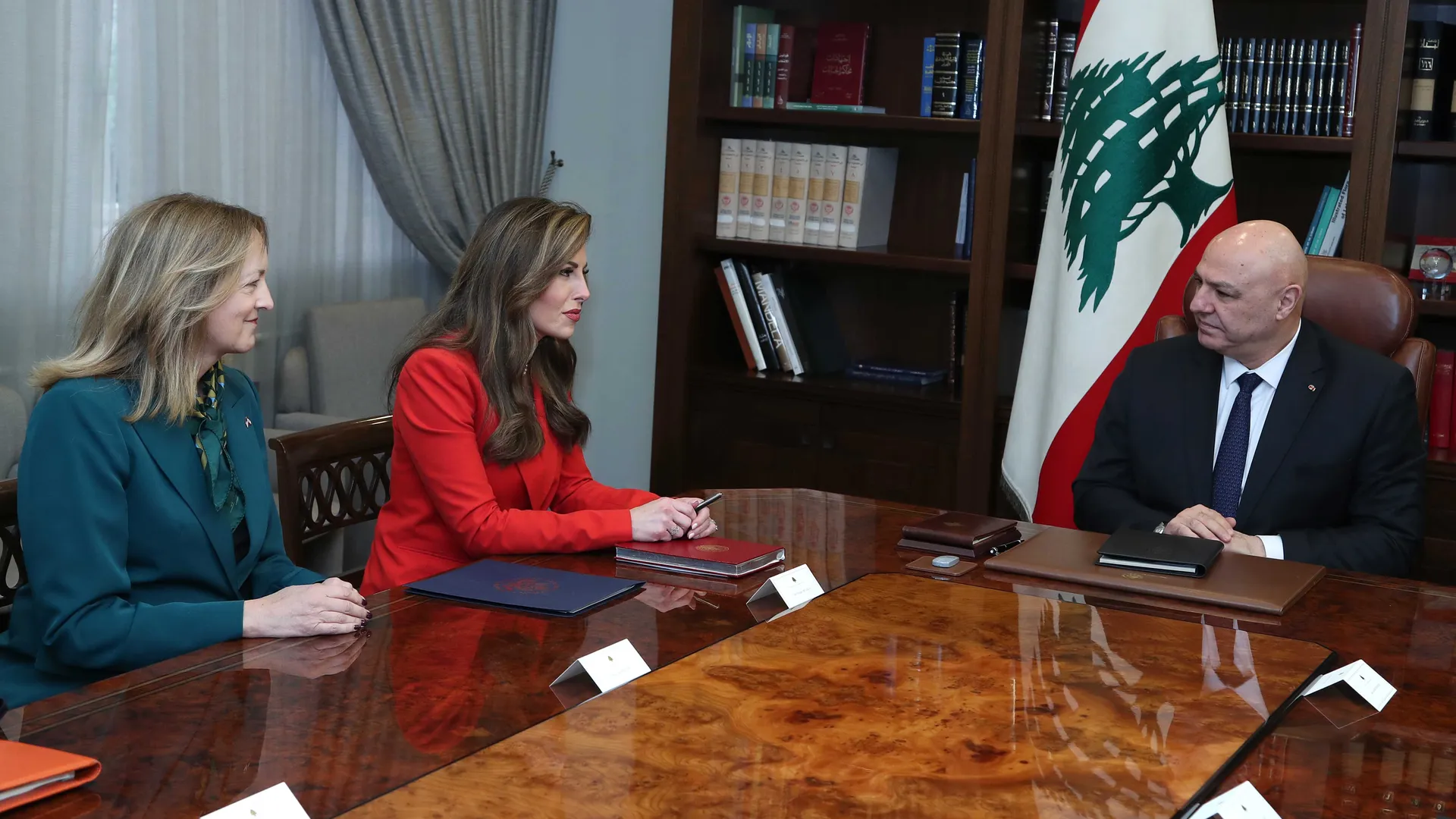

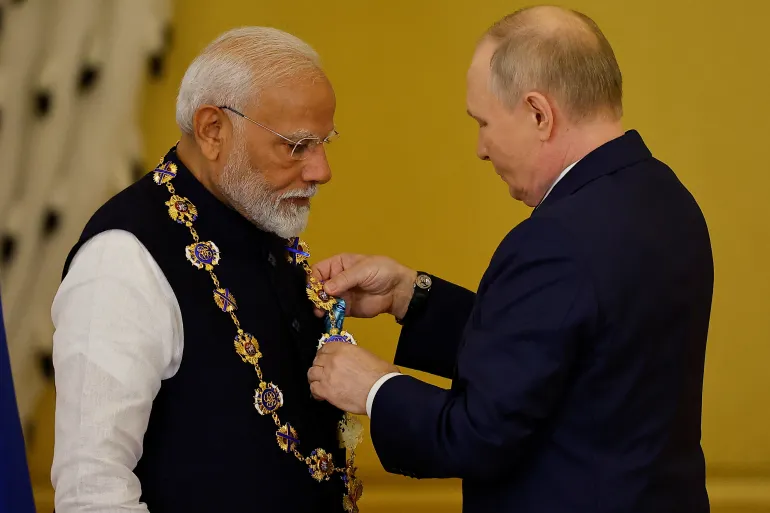
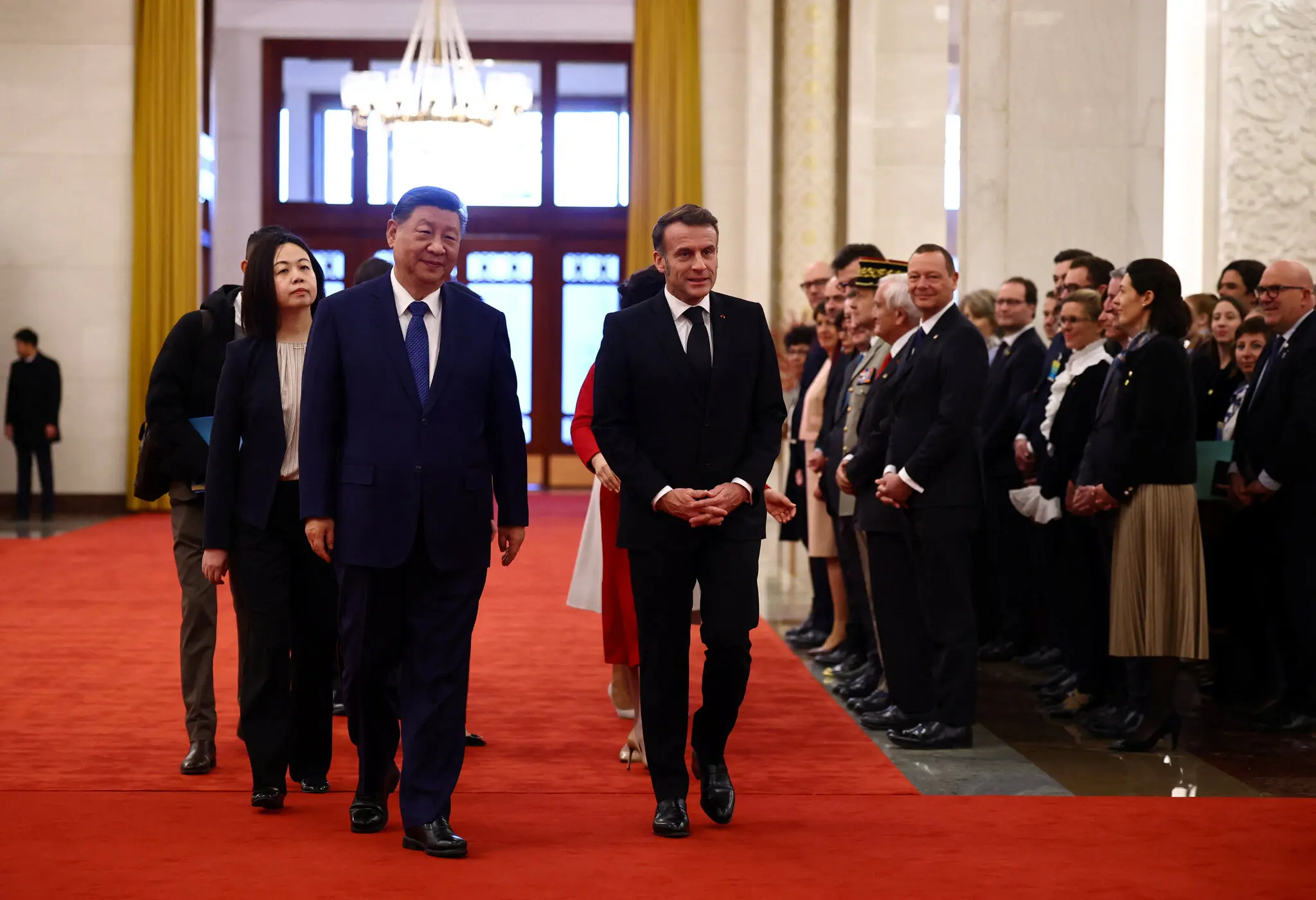
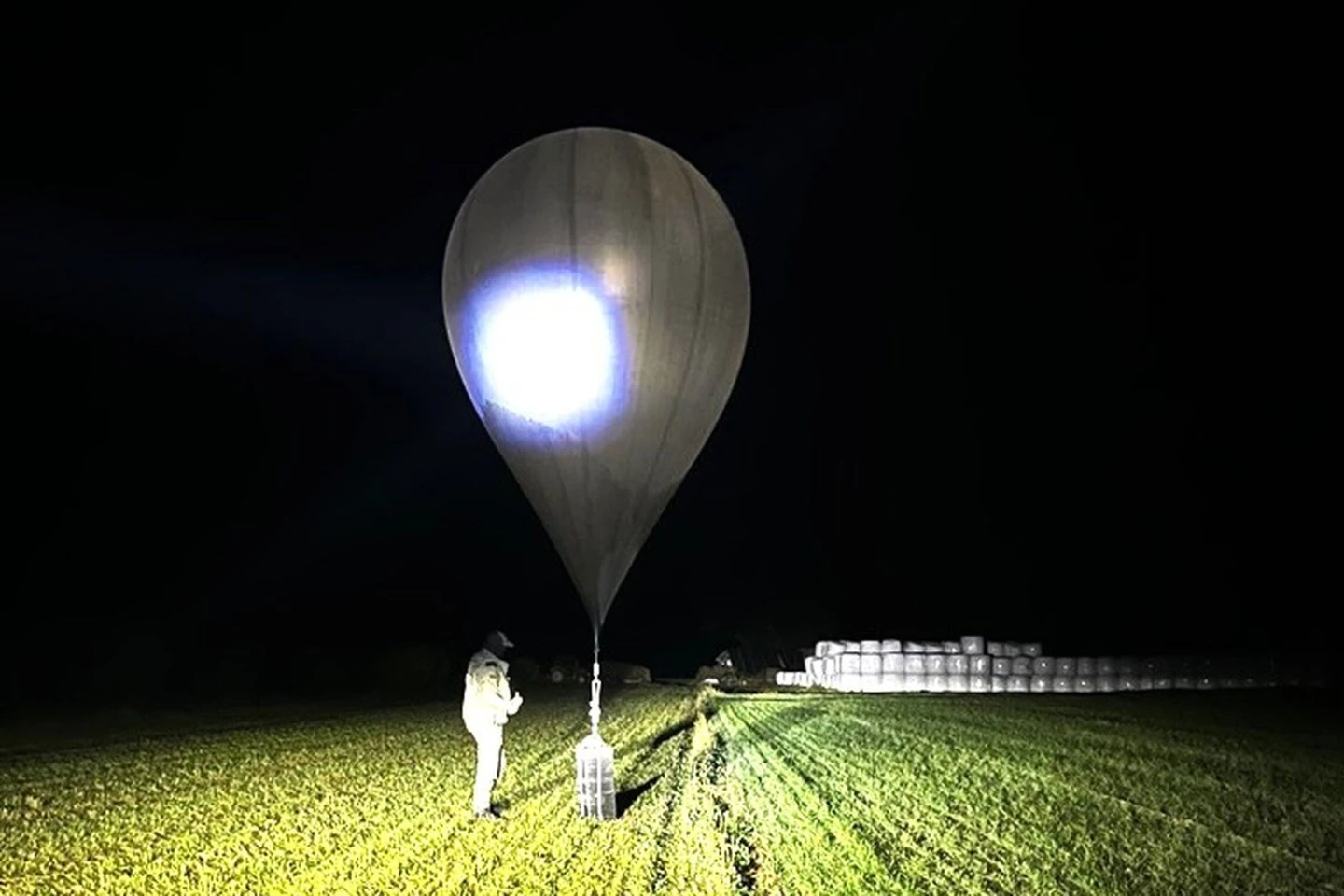
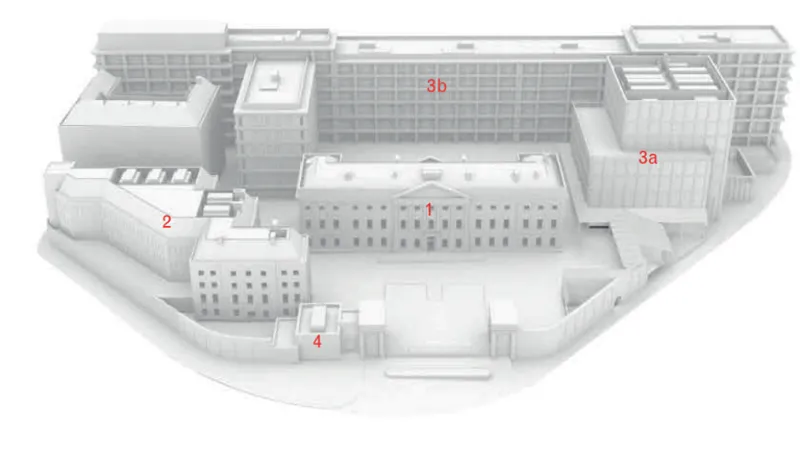

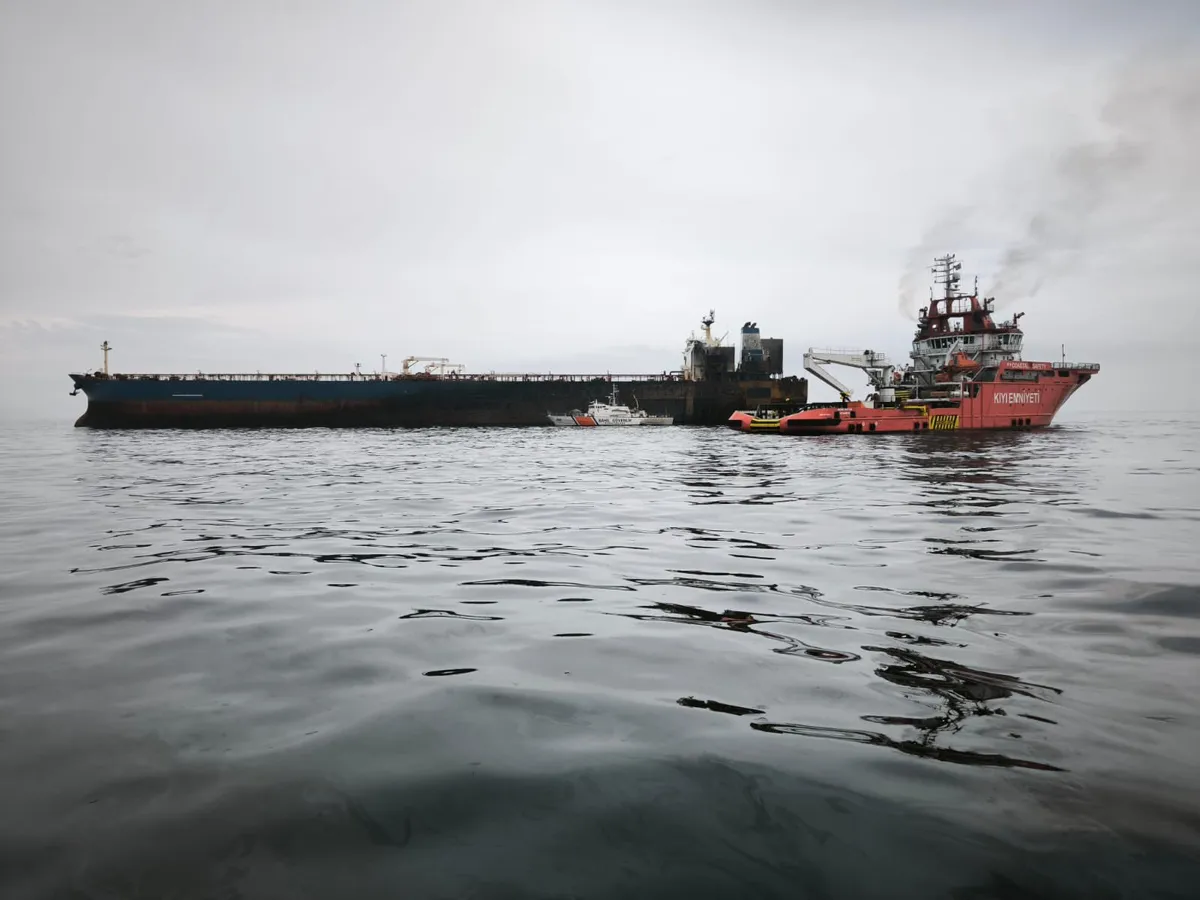
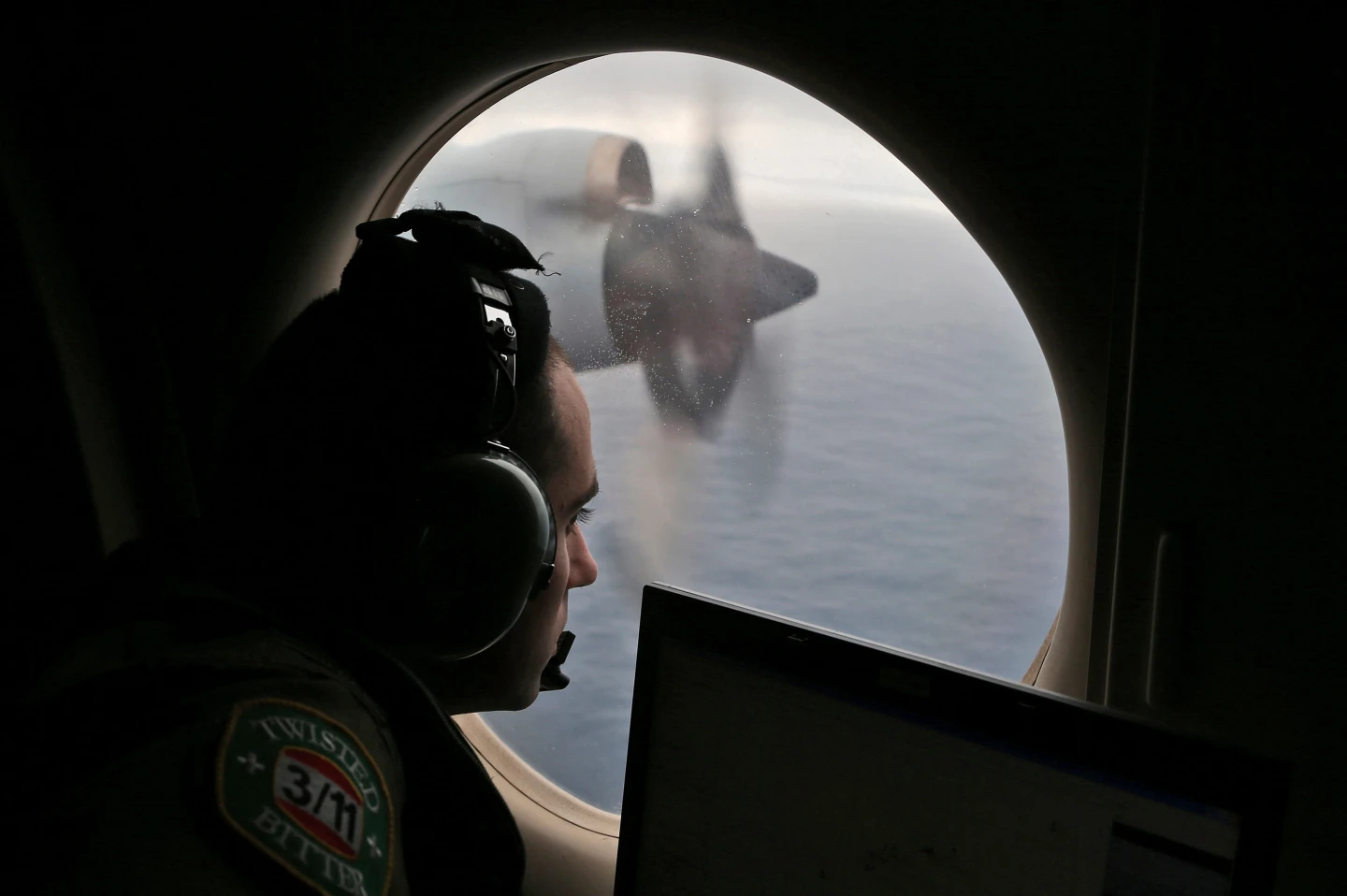

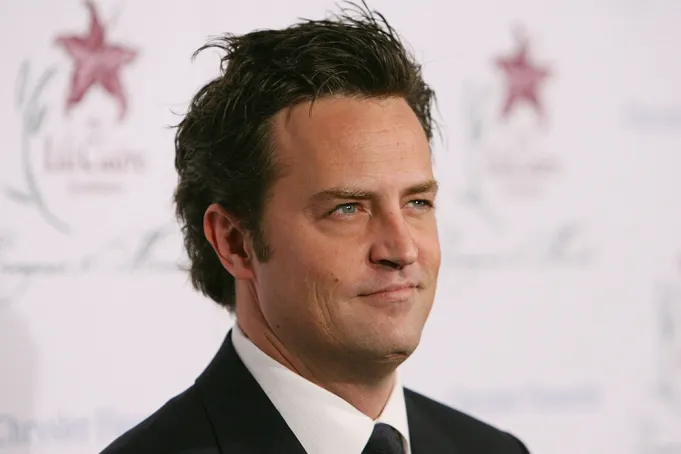


Leave a Reply